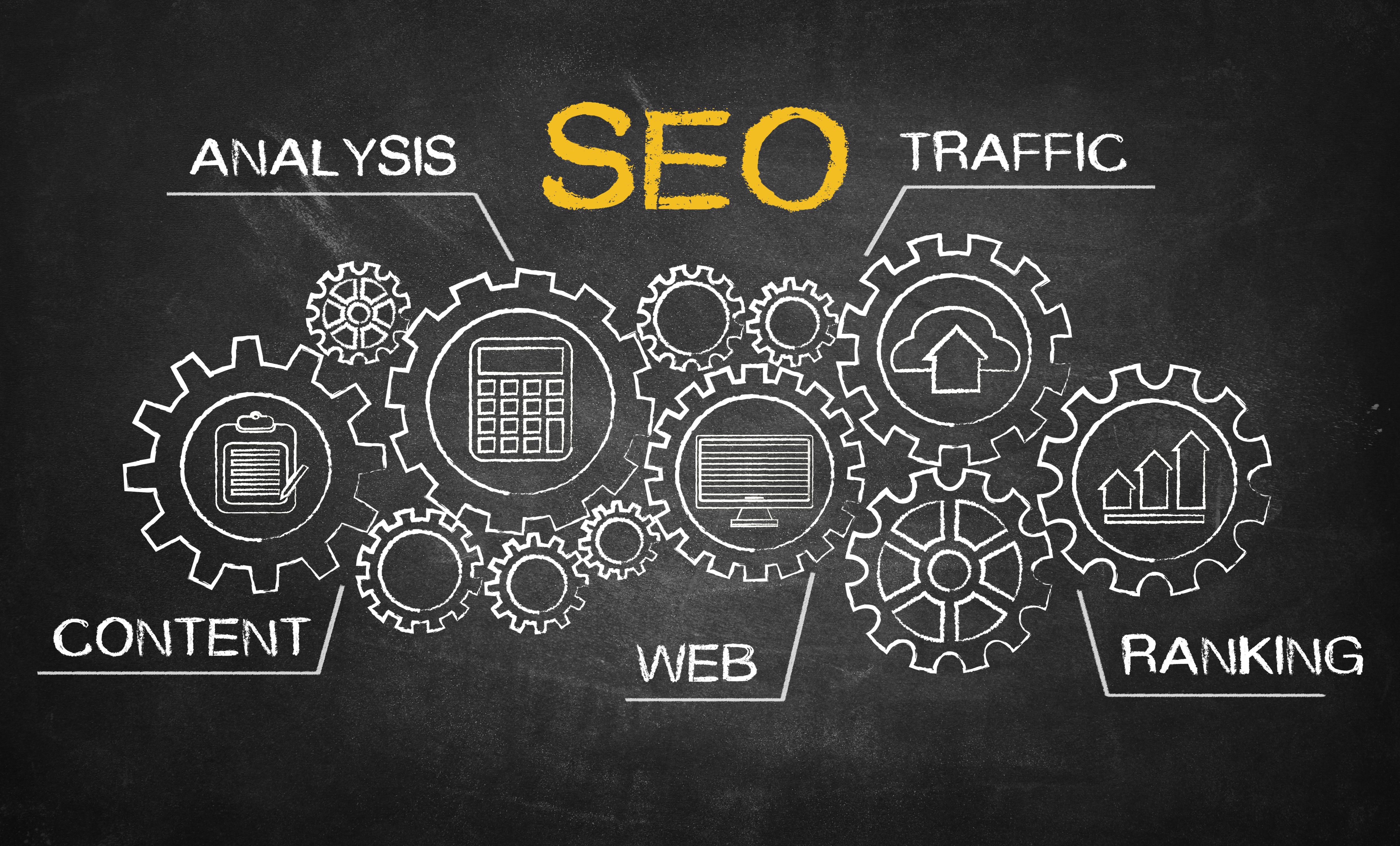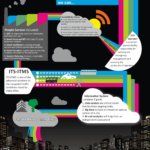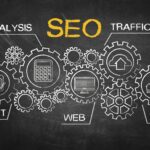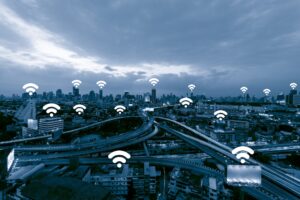
12 April, 2021blog
Strange but true: there has previously been little physical, digital, or theoretical connection between smart homes and smart cities. But that is changing. Governments, businesses, and citizens are increasingly seeing the smart home as the obvious missing link in the creation, expansion, and improvement of smart cities.
Smart homes – benefits for the individual
Smart home devices promise many benefits, and the number and quality of these devices are growing. Increasingly available as built-in features of new appliances and dwellings, there are also more ways than ever to retrofit smart functionality into the existing infrastructure of older homes.
Upgrading to a smart home makes sense. From robotic vacuum cleaners that automatically work while you’re away to refrigerators that manage your shopping list, smart homes provide greater simplification, security, and peace of mind. And smart utility meters help control the costs of energy and water.
But while IoT-connected smart homes may be in contact with product manufacturers and utilities providers, they have yet to fully provide operational service to the greater community.
Truly smart homes are still not particularly commonplace. But watch this short video and you’ll want to upgrade now. It showcases a home with over 150 different smart functions at work making life a little easier. Home will never be the same again!
Smart cities – benefits for the community
At the same time, smart cities have evolved. Originally, they mainly provided community services, and even these were sometimes hidden in the background, such as monitoring air quality. Or traffic: Sensors placed in public spaces such as light posts relay information to clever analytical systems that track and sift Big Data in real time. With that kind of overview, planners and their programs can adjust flows to eliminate bottlenecks.
More recently, some smart cities have begun to also empower individual initiative and democratic participation in their cities. Cities like San Francisco, Toronto and Tel Aviv have established online platforms that create greater community (and better services) by digitally connecting individual citizens to one another and to the municipal decision-making process.
Smart citizens – connecting individuals with community
This development – sometimes called Smart City 3.0 – is now also producing a new view of smart homes. Just as smart cities have expanded their reach from services for the community to include services for the individual, smart homes are now evolving – bringing more services for the community.
The goal is to create smart citizens who want to maximize the benefits of technology for everyone, for instance greater sustainability and energy efficiency, better energy distribution, public health and safety, and mobility and accessibility. That’s fine with governments and companies because this trend increases the appreciation and adoption of smart tech.
URBAN HUB will look at a very interesting case in an upcoming article. The Hudson Yards megaproject in New York City is building smart homes and offices in a new, entirely interconnected smart neighborhood.
Getting smart in Louisville, Kentucky
Louisville did a very smart thing in 2003. The city merged with Jefferson County. This streamlined local government and service delivery for the 92 municipalities of “Greater Louisville”. More recently, the city has become a frontline contributor to integrating smart homes and smart cities.
Although still in its infancy, the project uses IFTTT, which lets different apps and devices exchange data. Volunteer coders and local data nerds then develop integration between city networks and home devices. Amazon’s Alexa uses that to better connect residents with home and community.
Smart living – multiplying the benefits for everybody
The results of integrated smart living will be profound. Increasing the digital link between individual smart homes and the surrounding smart urban network will allow the city to better monitor and meet citizen needs while allowing citizens to better access city services from their homes.
Here are some examples of how smart homes are already integrating into a beneficial convergence with smart cities (and smart companies):
- Immediate-environment sensors and alerts: While some environmental conditions (external air quality, excessive cold) can be dealt with internally by smart homes (shutting windows, increasing heating), smoke, fire, gas leaks or airborne toxic chemicals can also automatically trigger alerts to the appropriate emergency services.
- Impending danger alerts: Linked early warning systems can track and warn people in their homes of impending earthquakes, tsunamis, storms, floods, as well as proactively provide information about what to do or where to go.
- Information alerts: residents can now use popular smart assistants for local alerts. In Louisville, Kentucky, for instance, Alexa-enabled devices can provide a daily briefing directly from the mayor, or tell residents when the next junk pick-up is in your neighborhood.
- Personal health: Movement and acoustic sensors or voice-operated systems, as well as smart-home heart rate monitors can alert the authorities to a medical emergency and dispatch a doctor or ambulance. Increasingly, when new home technology like an stair lift is installed, it comes with a host of smart technology top-ups, such as a built-in telephone connection using DECT technology.
- Predictive maintenance sensors: Used on equipment from furnaces and waterlines to waste systems, these prevent disruption of vital services. Office buildings already use smart systems like MAX to ensure as little downtime and disruption to flow of people as possible.
The start of something new
As the movement to integrate smart homes with smart cities gathers pace, simplifying repetitive tasks into automated machine home functions will be augmented with additional layers of sophistication that add value for both the individual and the community.
Together with the new urban apps and wearable tech that allow us all to be virtual, mobile sensors, better connecting smart homes with smart cities will lead to a better distribution of the benefits of technology and an enhanced quality of life for everyone.






